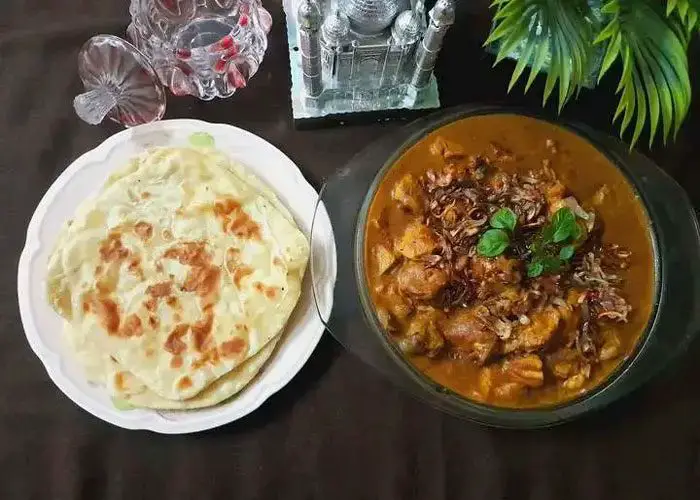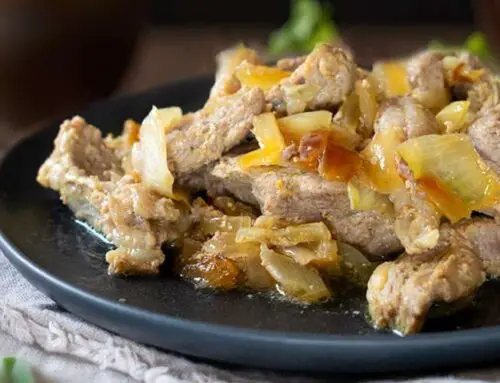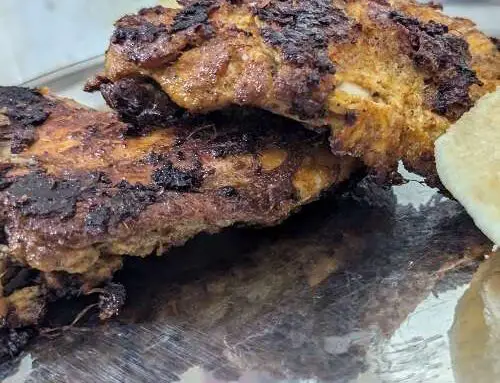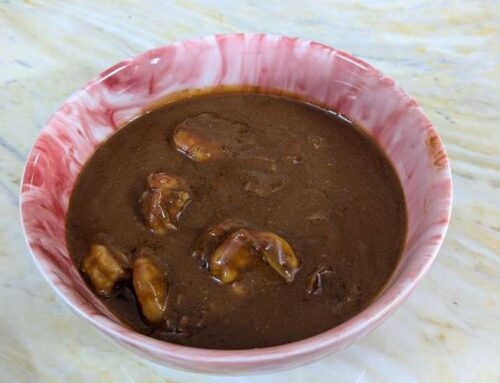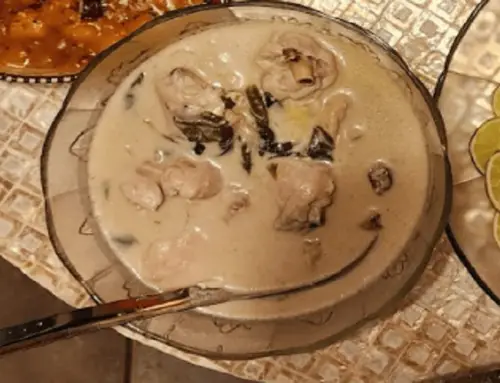Masala Chicken is not just a flavorful dish but also packs a nutritional punch, especially when prepared with lean chicken and a balance of spices. Here are some key nutritional aspects of Masala Chicken:
- Protein: Chicken is a high-quality source of protein, essential for muscle growth, repair, and overall body function. A serving of Masala Chicken provides a significant portion of your daily protein needs.
- Vitamins and Minerals: The blend of spices like cumin, black pepper, turmeric, and coriander adds not just flavor but also essential vitamins and minerals. For example, turmeric contains curcumin, a compound with anti-inflammatory and antioxidant properties.
- Healthy Fats: Depending on the cooking method and ingredients used, Masala Chicken can contain healthy fats from sources like mustard oil or coconut milk. These fats are important for brain health, hormone production, and absorption of fat-soluble vitamins.
- Fiber: Onions and tomatoes, commonly used in Masala Chicken, are rich in fiber. Fiber aids in digestion, promotes gut health, and helps maintain healthy cholesterol levels.
- Low Carbohydrates: Masala Chicken, when prepared without added sugars or high-carb ingredients, can be relatively low in carbohydrates. This makes it suitable for low-carb or ketogenic diets.
- Antioxidants: Spices like black pepper, turmeric, and coriander are rich in antioxidants that help fight oxidative stress and protect cells from damage.
- Caloric Content: The overall caloric content of Masala Chicken can vary based on factors like portion size, cooking methods, and added ingredients like coconut milk. However, using lean cuts of chicken and minimal oil can help keep the calorie count moderate.
- Sodium: Depending on the amount of salt used in the dish, Masala Chicken can contribute to sodium intake. It’s important to moderate salt usage, especially for individuals with hypertension or heart conditions.
By choosing lean cuts of chicken, incorporating a variety of spices, and using healthier cooking methods like baking or grilling instead of deep frying, you can enhance the nutritional profile of Masala Chicken. Pairing it with fiber-rich vegetables or whole grains can further boost its nutritional value and create a well-rounded meal.
I am a senor teacher.
Cooking is my favourite hobby.
I like to cook items for my family members.
Ingredients
- 500 grams chicken pieces
- 3 cups onions chopped
- 2 cups tomatoes mashed
- 1 cup coriander leaves chopped
- 1 tbsp garlic paste
- 1 tsp cumin seeds
- 1 tbsp black pepper ground
- 1/2 tsp turmeric ground
- 1/2 cup coconut grated
- 5 tbsp cooking oil
- 1/2 cup curry leaves
- salt to taste
- 1 tsp ginger paste
- 3-4 tsp mustard oil
- 1 tsp peppercorns ground
- 3 tbsp coriander ground
- 3-4 cups water
- poppy seeds
- 1 tbsp ginger paste
Instructions
- Soak the chicken pieces in lukewarm water with a little salt. Drain and set aside.
- In a bowl, mix ginger paste, garlic paste, mustard oil, cumin seeds, ground black pepper, ground turmeric, coriander powder, grated coconut, and quarter cup of water. Mix everything well.
- Heat oil in a pan. Fry the onions until golden brown.
- Add curry leaves, salt, ginger paste, and garlic paste. Fry for three minutes.
- Add ground coriander and turmeric. Fry for three minutes.
- Add the marinated chicken pieces. Fry for five minutes.
- Now add tomatoes and water. Cook for 10 to 15 minutes until the chicken is tender.
- Add coconut and poppy seed paste. Cook on medium heat for five minutes.
- Garnish with coriander leaves before serving. Remove from heat after a few moments. Your Masala Chicken is ready to be enjoyed!
Nutrition

